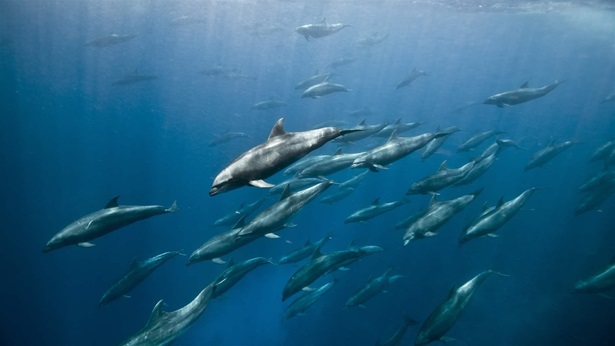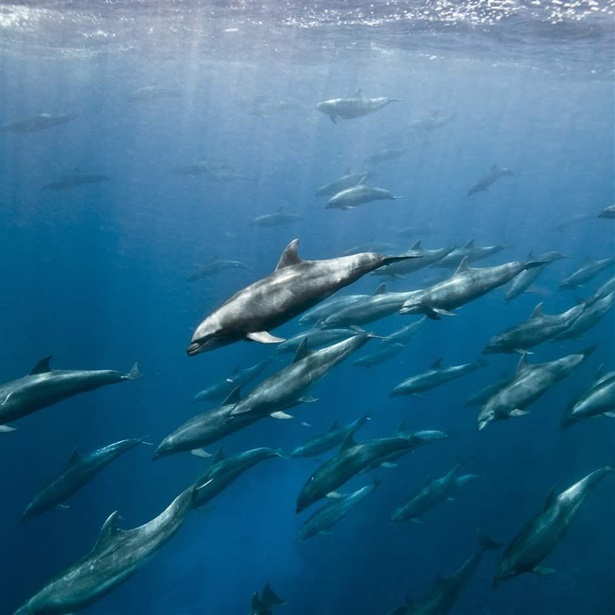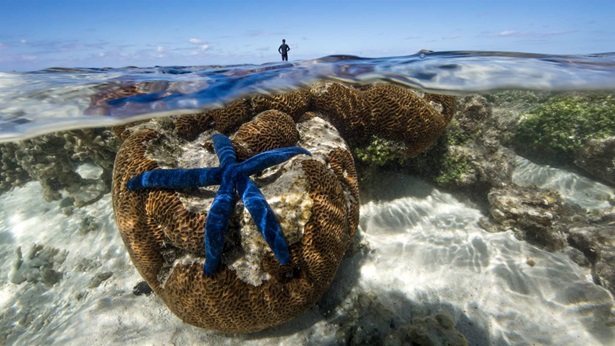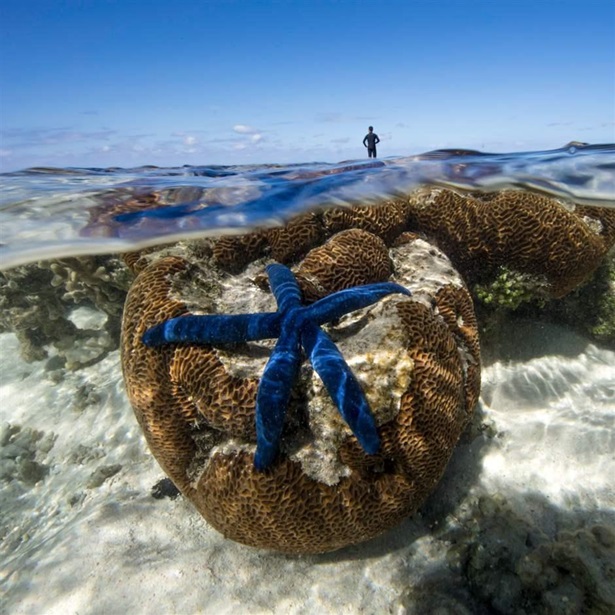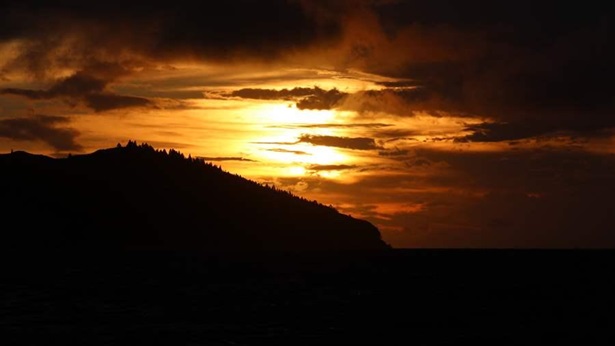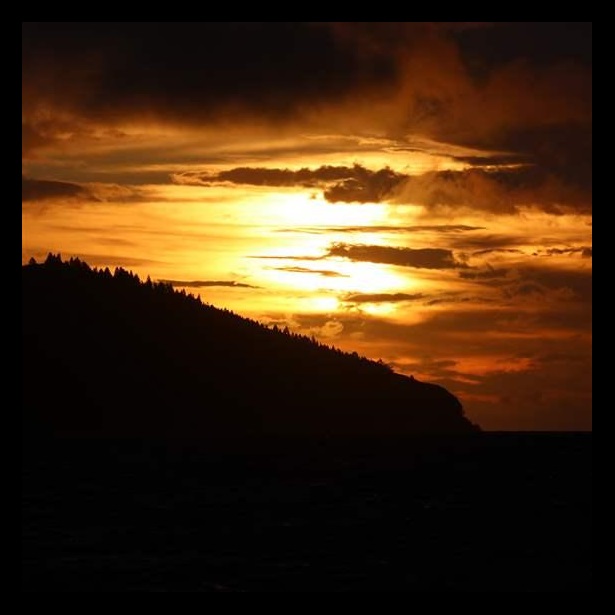Pitcairn Unveils Locally Driven, Science-Based Marine Protection Management Plan
Five-year strategy provides clear guidance for effective administration of the Pacific islands’ near-pristine waters
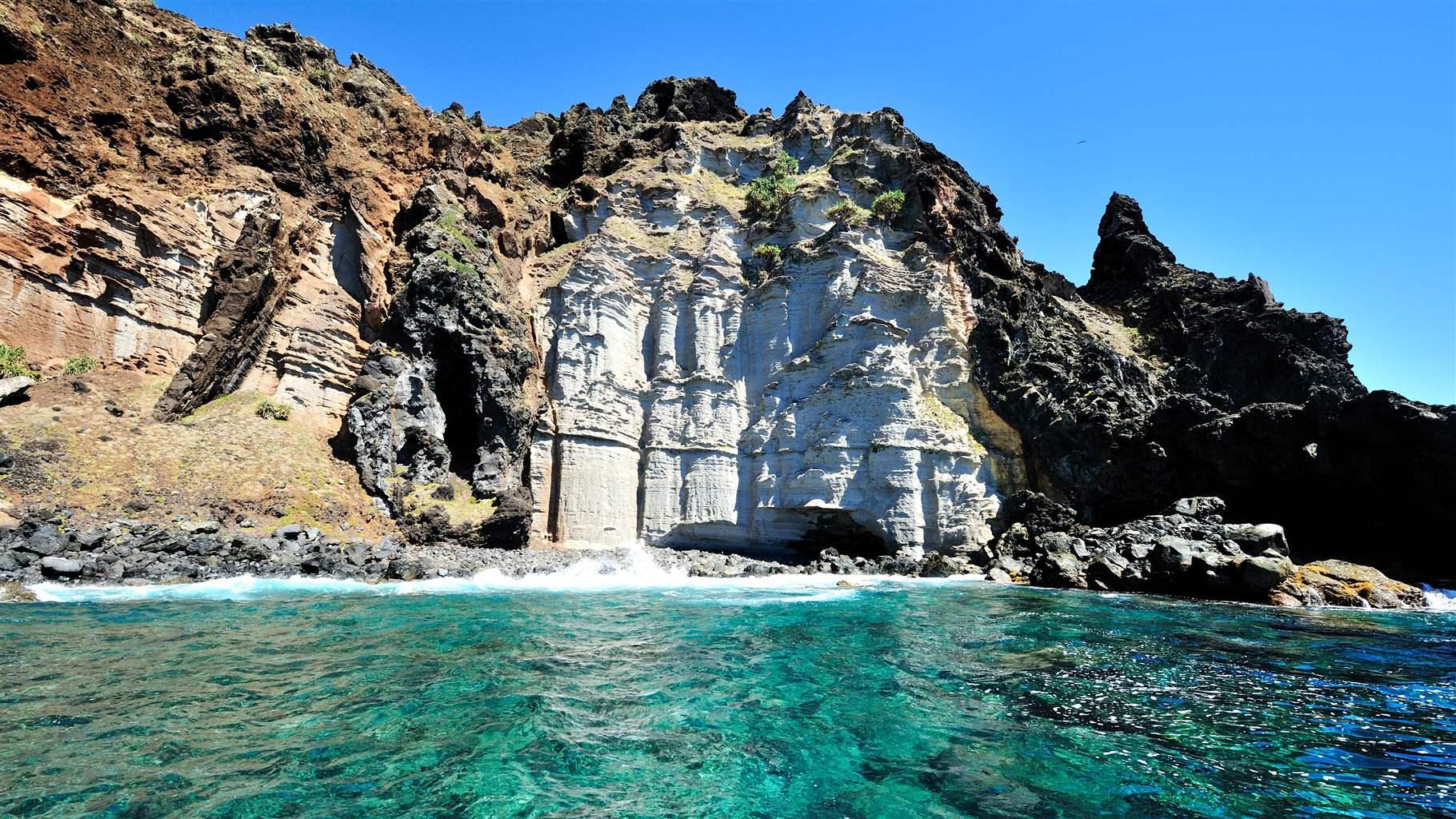
The Pitcairn Island Council recently published a five-year plan providing a framework and long-term direction for managing activities, monitoring, compliance and enforcement of the Pitcairn Islands marine protected area (MPA).
In 2016, the Council and the UK government designated about 830,000 square kilometres (320,465 square miles) of Pacific Ocean—the entire Pitcairn Islands exclusive economic zone—as an MPA. MPAs are a key tool for safeguarding biodiversity, enhancing fisheries, building resilience against the effects of climate change and sustaining healthy coastal communities. But realising such benefits requires effective management of protected waters.
After the designation, the Pitcairn Island Council, with assistance from the UK Blue Belt Programme, consulted members of the local community to learn their key aspirations for the MPA. These discussions also empowered residents to raise concerns about potential social and economic threats to their way of life. The views they shared helped local leaders shape strategic priorities and develop the first Pitcairn Islands Marine Protected Area Management Plan (2021-2026).
Honoring the community’s wishes, the plan’s main objective is to ensure that the near-pristine “environment and thriving marine life of the Pitcairn Islands are protected, providing benefits to present and future generations”.
In addition to conserving Pitcairn’s marine biodiversity—including the World Heritage Site Henderson Island, home to the world’s best remaining example of an elevated coral atoll—the MPA’s other core roles focus on minimising human impact. Although 99.5% of the reserve is defined as a fully protected zone, with all extractive activities prohibited, traditional and sustainable subsistence fishing by the local community is permitted in the territorial waters around Pitcairn, Henderson, Ducie and Oeno Islands.
Islanders are rightfully proud of their conservation work and are hopeful that the MPA and successful implementation of the management plan will act as global examples of how best to actively manage large, isolated MPAs.
Pitcairn’s management plan catalogs strategies and actions the local government can take, with support from the Blue Belt Programme and non-governmental organisations (NGOs) where appropriate. Given Pitcairn’s population of approximately 50 and limited manpower, it’s especially vital that appropriate legal, financial and human resource frameworks are in place to support the MPA.
By effectively managing human activities such as tourism, localised fishing and anchoring within the MPA, threats to key species such as coastal fish stocks and to habitats such as coral reefs will diminish. And introducing a parallel research and monitoring programme will enhance understanding of the marine environment, including humpback whale migrations, allowing the Pitcairn community to measure progress against the management plan’s objectives.
Such an understanding can also raise awareness, locally and internationally, of the islands’ marine environment, with enhanced study and management of the Henderson Island World Heritage Site listed as a priority. At the same time, the MPA must also benefit the community economically—for example, through increased tourism revenue—with remunerations distributed equitably.
Pitcairn’s on-island Environmental, Conservation and Natural Resources Division and its manager—with support from fisheries and MPA officers—will be responsible for ensuring that the management plan’s vision and long-term objectives are achieved over the next five years. The Pew Bertarelli Ocean Legacy Project has been a proud partner of the Pitcairn Island community for over a decade and is pleased to see the management plan—guided by evidence-based, equitable and collaborative principles—governed by Pitcairn’s residents and local government.
Katie Gray and Johnny Briggs work on The Pew Bertarelli Ocean Legacy Project’s efforts in the UK, based in London.

